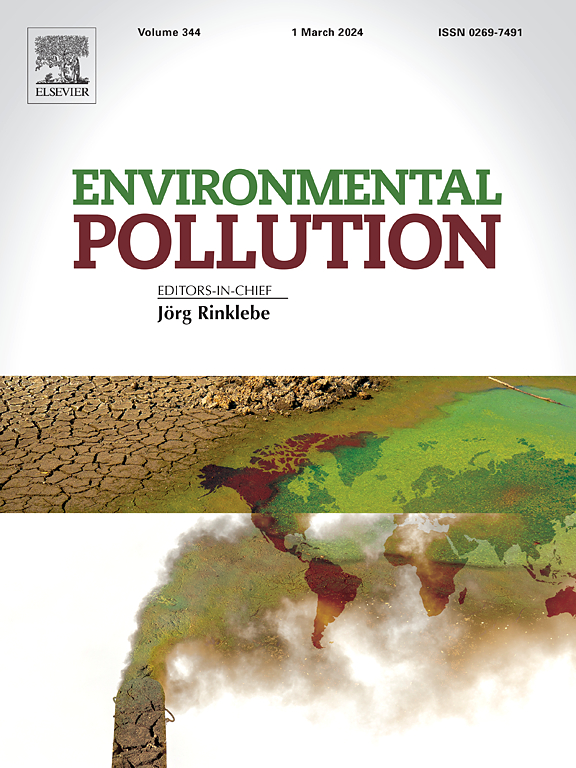Microbial Response and the Crucial Function of Predominant Phyla in Sedum alfredii-Mediated Remediation of High Concentration of Multiple Heavy Metal Soils
IF 7.6
2区 环境科学与生态学
Q1 ENVIRONMENTAL SCIENCES
引用次数: 0
Abstract
Phytoremediation of soils contaminated with high concentrations of multiple heavy metals (HCMHMs) is a promising technique. However, the microbial response mechanisms during the phytoremediation process remain poorly understood. The role of microbes in HCMHMs soil remediation may be underestimated. This study investigated microbial responses and their potential roles in HCMHMs soil remediation using the hyperaccumulator plant Sedum alfredii (S. alfredii). Soil microbial communities were characterised by 16S rRNA sequencing, and metabolic pathways and functions were predicted using PICRUSt2 analysis. The results indicated that the impact of heavy metals on bacterial community structure was more significant than that of S. alfredii. The formation of dominant phyla such as Proteobacteria and Patescibacteria played a crucial role in the bacterial remediation of HCMHMs soils. Proteobacteria utilised the Inorganic ion transport and metabolism gene clusters to translocate heavy metals or reduce their bioavailability and toxicity. Patescibacteria used the Replication, recombination and repair gene clusters to repair damaged genes, enhancing bacterial tolerance of heavy metals. The results provided new insights into the role of microbes during phytoremediation and offered a scientific basis for optimizing phytoremediation technologies. This study demonstrated that dominant phyla effectively mitigated the damage to soil ecological functions from HCMHMs soil.

求助全文
约1分钟内获得全文
求助全文
来源期刊

Environmental Pollution
环境科学-环境科学
CiteScore
16.00
自引率
6.70%
发文量
2082
审稿时长
2.9 months
期刊介绍:
Environmental Pollution is an international peer-reviewed journal that publishes high-quality research papers and review articles covering all aspects of environmental pollution and its impacts on ecosystems and human health.
Subject areas include, but are not limited to:
• Sources and occurrences of pollutants that are clearly defined and measured in environmental compartments, food and food-related items, and human bodies;
• Interlinks between contaminant exposure and biological, ecological, and human health effects, including those of climate change;
• Contaminants of emerging concerns (including but not limited to antibiotic resistant microorganisms or genes, microplastics/nanoplastics, electronic wastes, light, and noise) and/or their biological, ecological, or human health effects;
• Laboratory and field studies on the remediation/mitigation of environmental pollution via new techniques and with clear links to biological, ecological, or human health effects;
• Modeling of pollution processes, patterns, or trends that is of clear environmental and/or human health interest;
• New techniques that measure and examine environmental occurrences, transport, behavior, and effects of pollutants within the environment or the laboratory, provided that they can be clearly used to address problems within regional or global environmental compartments.
 求助内容:
求助内容: 应助结果提醒方式:
应助结果提醒方式:


